A DIY Cleaning Solution for Every Pan Problem

Make your used pans spotless with cheap, everyday materials. Each DIY cleaning solution below has a few simple steps to follow and are definitely worth remembering whenever grease, burns, or rust take over a pan. Some scrubbing is involved, but it’s worth it if you can keep one of your most important pieces of kitchenware looking and working like new for longer.
Clean a Rusty Tin
Tools and Materials
- Coca-Cola
- Tin foil
Step 1: Gather Your Materials
If rust is the problem, get a bottle of Coca-Cola of around 20 oz. This volume is enough for a single tin or pan. Pepsi should work just as well, in case you can’t get the first brand. You’ll be dipping in straight away with the tin foil, so have it beside you and get ready to start scrubbing.
Step 2: Fill the Rusty Tin with Cola
Empty the entire contents of the Coca-Cola into the tin. Pour some over the sides too to get the liquid onto every hint of rust. What the soda does in this DIY cleaning solution is break down the built-up ugliness with the citric acid in its contents. Watch the rust fizz as you get the tin foil.
Step 3: Scrub with Tin Foil
A sizeable square of the material is good. When you scrunch it up, you want to end up with a loose tin foil ball that fits your fist. If you’re not comfortable getting your hands in the Cola and rust solution, put on a pair of gloves. When ready, scrub the pan all over with the tin foil.
Step 4: Rinse
Confident you got all the rust off? Then it’s time to rinse out the tin and take a better look. Use plenty of water until no residue of the solution is left. Scrub away any leftover rust with the water. You should be left with a pristine tin, but the occasional stubborn mark may linger. You’ll get it next time.
Clean Burnt Food
Tools and Materials
- Lemons
- Water
- Stovetop
- Scrub brush
Step 1: Gather Your Materials
Next, learn how to clean a burnt pot. For this project, you need 3-4 lemons; fewer if the pan is small. Boiling is an important part of the process, so make sure you have access to a stove. Apart from that, all you need is the burnt pan and some water.
Step 2: Fill with Lemons and Water
Chop up the lemons into quarter, if not smaller. Put them in the pan and add water. You don’t need much, just enough to cover the lemons. The citric acid will immediately start spreading through the water and the next stage will cause the same reaction to the dirt as the Cola did to rust.
Step 3: Boil
Put the pan, lemons, and water on the stovetop and turn up the heat. Bring the whole thing to a boil and watch the liquid turn black as the burnt food breaks away from the metal. 10 minutes or so should be enough time for the lemons and heat to do their magic, but you can leave it longer until no more marks are visible on the pan as you stir.
Step 4: Scrub and Rinse
Leave the pan to cool before emptying its contents. Then get the brush and start scrubbing the pan from top to bottom. Circular motions are more effective. When satisfied, rinse the pan clean with loads of water. Remember this and all the other DIY techniques for any kitchenware, from pots and pans to utensils.
Clean Caked-on Grease
Tools and Materials
- Soap
- Tin foil
Step 1: Gather Your Materials
Since grease has a different composition to rust or burnt food, it needs to be treated differently. Nevertheless, this is the simplest DIY cleaning solution of the lot. Apart from water, soap and tin foil are the only extra materials you’ll need to clean away any leftover stains and oiliness.
Step 2: Fill with Soap
The grease’s oil needs to be absorbed and lifted off the surface of the pan or platter. This is exactly what soap does, so add a squirt of that along with water. Another option is to completely lather the kitchenware with soap first, working it into the grease, and rinsing it all off after.
Step 3: Scrub with Tin Foil
A fistful of tin foil is once again needed for the scrubbing. However you chose to use the soap, now is the time to scrape away the grease that resisted. Circular motions and a good rinse should leave you with a perfectly clean pan. If it still feels oily, do another lathering of soap and a final rinse.
Clean Baked-on Food
Tools and Materials
- Baking soda
- Vinegar or hydrogen peroxide topical solution
- Mixing pot
- Spoon
- Sponge
Step 1: Gather Your Materials
Baking soda is powerful and versatile when it comes to fighting dirt. It’s involved in the preparation of the final pan-cleaning method alongside vinegar or an equivalent product. There is some waiting time and the process can become a bit messy, so use an appropriate surface with plenty of moving space.
Step 2: Create a Paste of Vinegar and Baking Soda
You first need to mix baking soda with vinegar – or hydrogen peroxide topical solution – in a pot; any clean vessel will do. Blend the two components together with a spoon until they turn into a white paste. This substance will need to be spread over the dirty pan next, so a spatula would be a good alternative to a spoon.
Step 3: Spread the Paste
Scoop out the paste a bit at a time and apply it all over the pan. It needs to be covered in the mixture from one end to the other. Working in rows helps ensure you don’t overlook an area, but so does the baking soda’s impressive reaction. The pan will soon be smothered in white froth.
Step 4: Scrub
Once the paste has thickened, get the sponge and start wiping off the foam. Add some pressure to each swipe to make sure you remove as much grime as possible along with it. Keep scrubbing until the whole pan is clean of baked-on food and baking soda. The shine that follows this DIY cleaning solution will amaze you.
Hold on to these clever pan-cleaning techniques. Make a note of them and imagine what other handy uses they might have around the house. At the very least, you can now cook without fear of any rust or grime. You know exactly how to scrub them out of existence, saving you kitchenware and money.
Discover the satisfaction of holding a flawless pan after thinking it useless. We’d love to hear about your most impressive results!
Get the full tutorials:
Enjoyed the project?
Suggested materials:
- See individual posts
- See individual posts





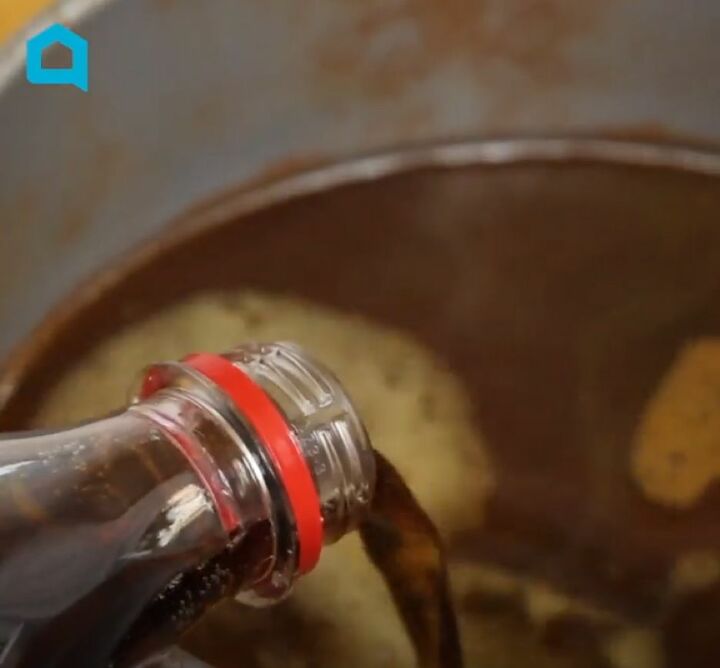

























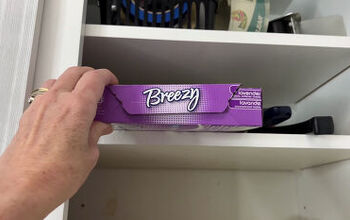


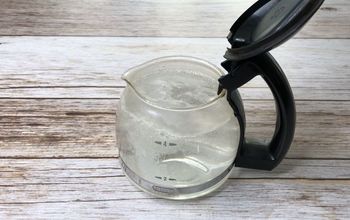
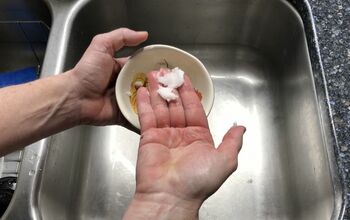








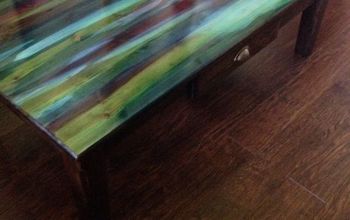
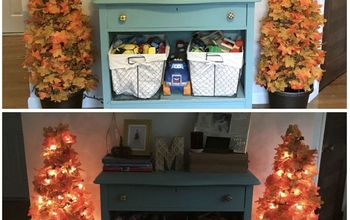

Frequently asked questions
Have a question about this project?